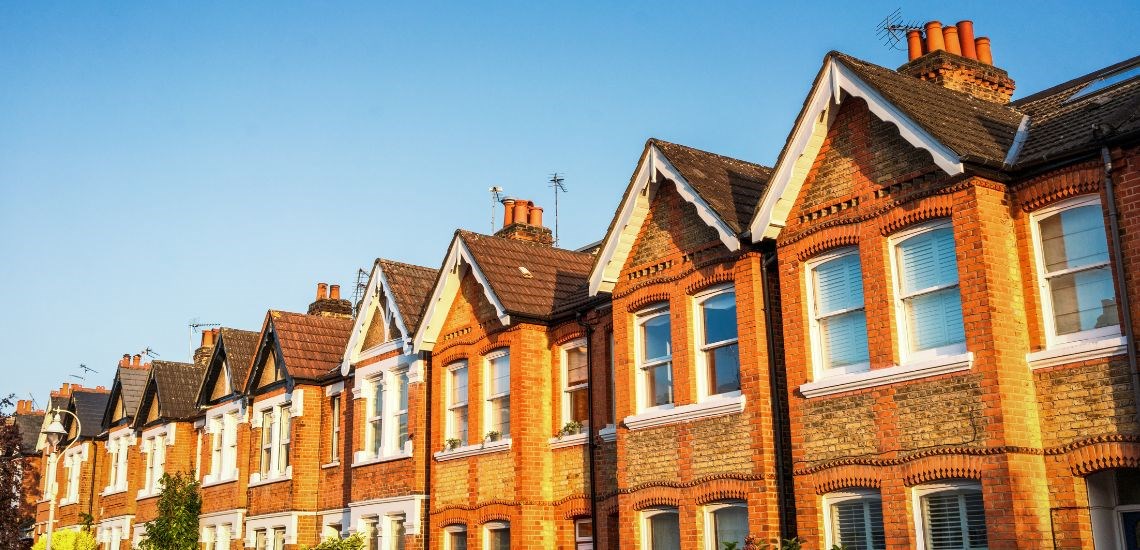Common problems found in Victorian homes

Victorian houses, constructed in the mid-to-late 19th century, embody a rich history and unique charm. However, alongside their beauty come a variety of common structural and maintenance issues that both homeowners and potential buyers should be aware of. Here are some of the most frequent problems in Victorian houses and what they could mean for you.
One of the primary issues lies within the foundations. Victorian houses often have shallow foundations, which can lead to subsidence, especially in areas with unstable soil. Subsidence manifests as cracks in walls, door frames that won't close properly, and sloping floors. These symptoms are warning signs that the foundation may be shifting or sinking, which threatens the structural integrity of the entire building.
Damp and timber decay are also prevalent concerns. Victorian homes were not built with modern damp-proofing methods, and over time, rising damp can become a significant issue. This is where moisture from the ground rises up through the walls and causes plaster and wallpaper to deteriorate. If left untreated, damp can also lead to timber decay, particularly in wooden beams and floor joists. Signs of timber decay include areas of wood that feel soft or crumbly, or noticeable sagging in floors.
Roofing issues are another common problem. Victorian houses often feature intricate roof designs with multiple pitches and decorative elements like dormer windows and chimneys. While aesthetically pleasing, these features introduce more points of potential water ingress. Leaking roofs can lead to water damage inside the home, promoting mold growth and compromising the structural timber in attics and ceilings. It's essential to inspect the condition of the roof tiles or slates regularly and to ensure that any lead flashings—often used around chimneys—are intact.
Another area of concern is outdated wiring and plumbing. The original electrical systems in Victorian houses are usually far below modern standards. Old wiring can pose a severe fire risk, and it's not uncommon to find homes that still have outdated knob-and-tube wiring. Similarly, plumbing systems from the Victorian era can be problematic. Original lead pipes are not only prone to leaks and blockages but also pose a health risk due to lead contamination in the water supply. Rewiring and replumbing an old house can be costly but are essential updates for safety and functionality.
Many Victorian houses are listed buildings, which means they are legally protected due to their historical or architectural significance. While this prestige can add value to a property, it also restricts the changes that can be made to the structure. Homeowners may need special permissions to undertake any work that affects the building's character, adding another layer of complexity to maintenance and renovation projects.
In conclusion, while Victorian houses are architectural treasures that offer a unique living experience, they come with their own set of challenges. As a surveyor, my job is to identify these issues early on so that homeowners can manage them appropriately. Whether you're buying, selling, or restoring a Victorian house, understanding these common problems can help you make informed decisions.